When I played Hazelight’s last game, It Takes Two, back in 2021, it was with an ex who’d had different ideas about where our relationship should go than I did. This made playing as a squabbling, estranged couple in a co-op platformer more fitting for that moment in my life than I could have anticipated. So it’s funny that Hazelight’s upcoming co-op game, Split Fiction, also feels timely, this one due to its obvious disdain for corporate slop and art theft at a time when nearly every creative field, including the one I work in now, is dealing with the fallout of AI.
That was my read on it, at least. A story about two unlikely friends falling victim to a corporate scheme designed to extract writers’ story ideas from their brains for the company’s own use feels like a pretty direct commentary on the ways in which image-generating AI is being trained on real artists’ work. When I asked director Josef Fares about how Split Fiction seems to be in conversation with how corporate know-nothings are using technology like AI to scrape art for their own use, however, he acknowledged it was an inspiration, but also said he doesn’t consider it the core theme of the game.
“Oh yeah, there’s definitely inspiration and a hint to AI and stuff, but I have to say again, the core of it is the friendship story,” Fares told Kotaku. “That’s what the core of the story is about. What [the protagonists’] relationship is, how they evolve, what happens, and how they go forward. But it’s definitely there.”
In an interview with VGC, Fares talked more on the subject of AI and its use in video games, and gave an answer that surprised me given Split Fiction’s obvious and admitted inspirations.
“We need to adapt to it,” Fares told VGC. “If it’s part of the industry we should see how to implement it to see how we get better games. I can understand the fact that some people could lose their jobs but that goes for every new technology.
“Bad stuff and good stuff will come out of it,” he continued. “You can’t just close your eyes. I believe AI will have a bigger impact on the world than the internet had, eventually. It’s a long time until you can use it in an actual development, at least not at our place, maybe others can do it.”
I would have preferred a more robust rejection of AI from Fares, and this quote does make me wonder just how boldly Split Fiction will make pro-art declarations when the full game launches. Ultimately, though, the game will succeed or fail on its own merits, and the three hours I played were quite promising. If you played It Takes Two, you probably have a good idea of what you’re getting into with Split Fiction. You and a co-op partner hop back and forth between different fantasy and science fiction worlds, each with their own bespoke mechanics.
In one level we fought through a cyberpunk city in which I—as sci-fi writer Mio—could manipulate gravity while my partner— playing as fantasy author Zoe—could use an energy whip to grab objects in the air and toss them at enemies and obstacles. Later, we both rode dragons through one of Zoe’s fantasy stories and flew through ruins searching for a way forward. Split Fiction riffs on fantasy and sci-fi tropes in each level, and even the most frustrating segments are whip-smart and delightfully intuitive. I played several levels without having to say a word to my co-op partner because the clarity of Split Fiction’s level design mitigates the potential disorientation that can occur when a game changes up your mechanics at a moment’s notice.
Hazelight has always excelled at designing multiplayer games that require constant adaptation and cooperation. As I sped from one level to the next to the next, none of the segments felt the same, even as they oscillated between the fantasy and science fiction genres of both heroes’ stories. Some made use of the same basic aesthetics, but that’s where the similarities ended. Not every level is a grand adventure, as Split Fiction delves into the absurd just as much as the epic. One level had me and my partner playing as pigs, and here I had the ability to launch myself forward with rainbow-colored farts. Eventually, we ended up as sentient hot dogs that had to cover ourselves in condiments and get inside a bun. Split Fiction is often silly, joyful, and too creative to stick with one idea for long.
I was only able to play about three hours of what Fares says is a 12-14 hour experience. Even if it doesn’t end up having a scathing commentary about the state of AI, I hope it is at least inventive enough to remind us that we don’t need AI to make something magical when it launches on March 6.
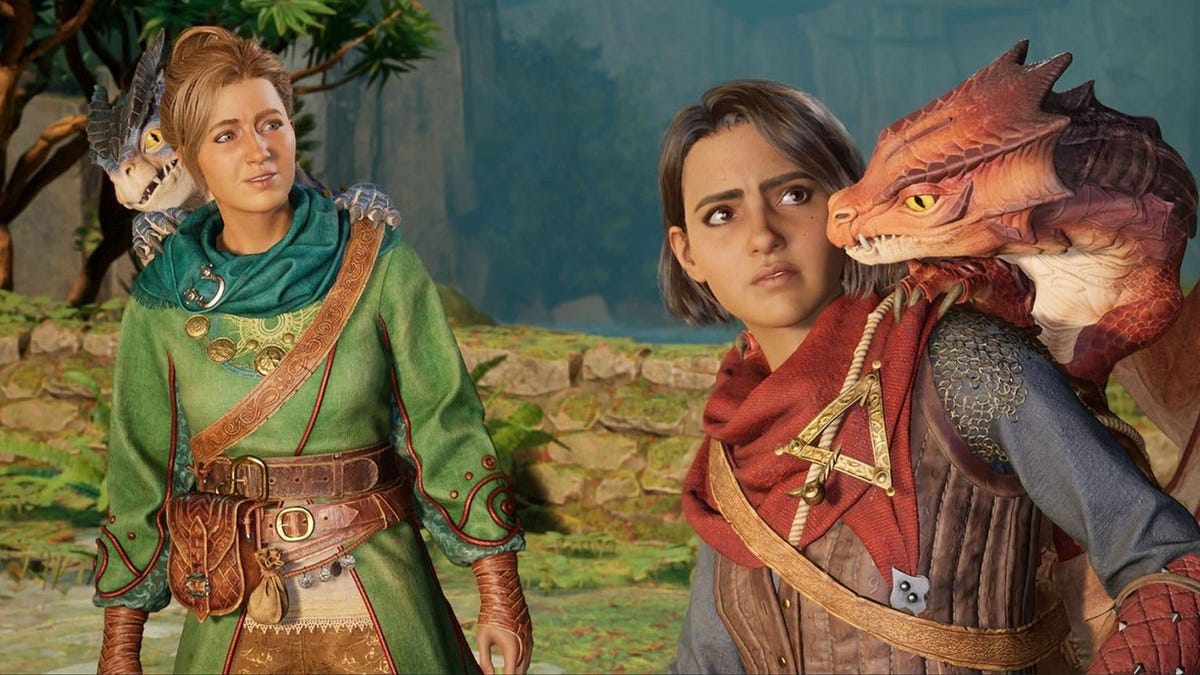
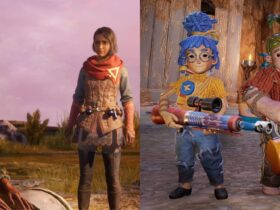
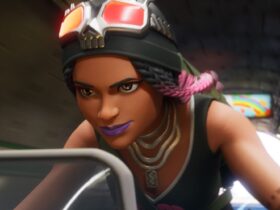
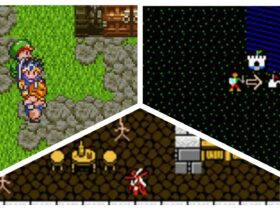

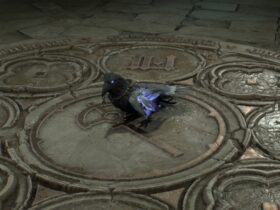


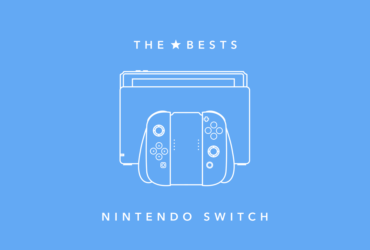

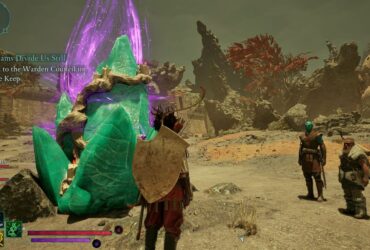
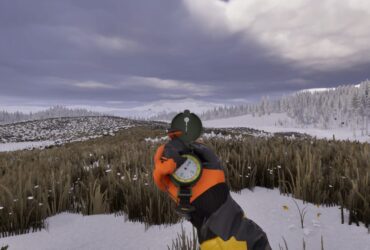
Leave a Reply